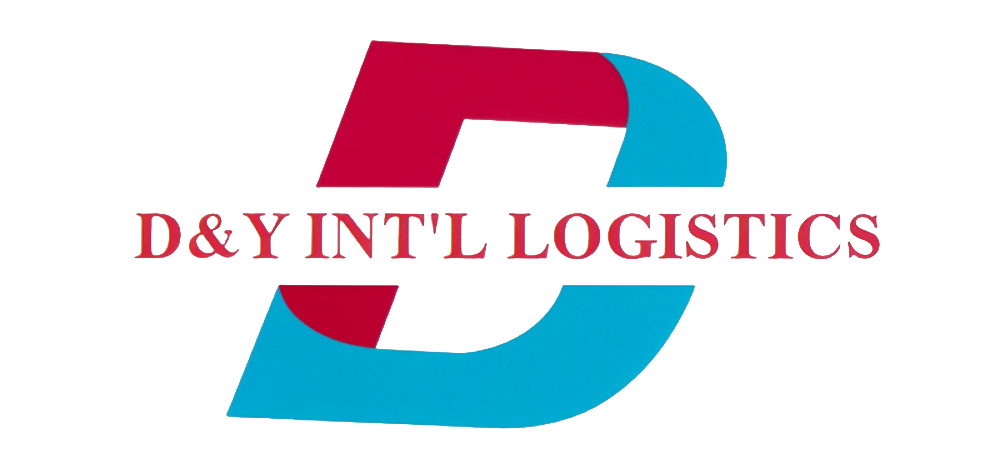Understanding the Critical Impact of Efficient Customs Processing
In today's fast-paced global trade environment, customs clearance delays can significantly impact supply chain efficiency and business operations. These delays not only affect delivery timelines but also lead to increased storage costs, potential product deterioration, and dissatisfied customers. For businesses engaged in international trade, mastering the art of smooth customs clearance has become more crucial than ever.
The complexity of international shipping regulations, combined with varying requirements across different jurisdictions, creates numerous potential bottlenecks in the customs clearance process. Understanding these challenges and implementing effective strategies to overcome them can make the difference between successful trade operations and costly setbacks.
Essential Documentation and Preparation Strategies
Proper Documentation Management
The foundation of successful customs clearance lies in meticulous documentation preparation. Every shipment requires specific documents, including commercial invoices, bills of lading, packing lists, and certificates of origin. These documents must be complete, accurate, and consistent across all entries. Even minor discrepancies can trigger additional scrutiny and lead to customs clearance delays.
Implementing a robust document management system helps ensure all required paperwork is properly prepared and readily available. This includes maintaining digital copies of all documents and establishing a standardized process for document review before submission. Regular audits of documentation procedures can help identify and address potential issues before they cause delays.
Pre-clearance Preparations
Taking advantage of pre-clearance opportunities can significantly reduce processing time at customs. This involves submitting required documentation and information before the shipment arrives at its destination. Many customs authorities offer pre-arrival processing systems that allow importers to begin the clearance process while goods are still in transit.
Advanced preparation also includes verifying compliance with all relevant regulations and restrictions for specific products or materials. Understanding prohibited items, restricted goods, and special permit requirements for your destination country helps prevent unexpected delays during the clearance process.
Technology and Automation Solutions
Digital Customs Management Systems
Modern technology plays a crucial role in streamlining customs processes. Electronic customs management systems help automate documentation submission, track shipment status, and manage compliance requirements. These systems can significantly reduce the likelihood of customs clearance delays by minimizing human error and providing real-time visibility into the clearance process.
Integration with customs authorities' electronic systems allows for faster processing and immediate notification of any issues that require attention. This technological approach enables businesses to address potential problems proactively rather than reactively, preventing delays before they occur.
Data Analytics and Predictive Tools
Advanced analytics tools can help identify patterns in customs processing times and potential risk factors that may lead to delays. By analyzing historical data, businesses can better predict potential challenges and adjust their strategies accordingly. This might include choosing alternative shipping routes, adjusting documentation practices, or planning for seasonal variations in customs processing times.
Predictive analytics can also help optimize inventory management by accurately forecasting clearance timelines and potential delays. This information allows businesses to maintain appropriate stock levels and meet customer expectations consistently.
Building Strong Relationships and Expertise
Customs Broker Partnerships
Establishing strong relationships with experienced customs brokers is invaluable for preventing customs clearance delays. Professional brokers possess in-depth knowledge of customs regulations, procedures, and local requirements. They can anticipate potential issues and recommend solutions before problems arise.
Regular communication with customs brokers helps ensure all parties are aligned on shipment details, documentation requirements, and timing expectations. This collaborative approach can significantly reduce the risk of delays and provide additional support when challenges do occur.
Staff Training and Development
Investing in continuous training for staff involved in international shipping and customs processes is essential. Well-trained employees can better understand customs requirements, identify potential issues early, and implement effective solutions. Regular updates on changes in customs regulations and procedures help maintain compliance and prevent delays.
Creating detailed standard operating procedures (SOPs) for customs-related activities ensures consistency and helps new team members quickly learn proper processes. These SOPs should be regularly reviewed and updated to reflect changing regulations and best practices.
Compliance and Risk Management
Regular Compliance Audits
Conducting regular internal audits of customs compliance procedures helps identify potential weaknesses before they lead to delays. These audits should review documentation practices, classification accuracy, valuation methods, and overall compliance with customs regulations.
Developing a comprehensive compliance program that includes regular risk assessments and updates to internal procedures helps maintain high standards and reduce the likelihood of customs clearance delays. This proactive approach to compliance management can significantly improve clearance times and reduce costs associated with delays.
Risk Mitigation Strategies
Implementing effective risk management strategies helps businesses prepare for potential customs challenges. This includes maintaining contingency plans for common issues, such as documentation discrepancies or inspection requirements. Having clear procedures for handling various scenarios ensures quick and appropriate responses when problems arise.
Regular review and updating of risk management strategies ensure they remain effective and relevant to current business operations and regulatory requirements. This ongoing process helps businesses stay ahead of potential delays and maintain efficient customs clearance processes.
Frequently Asked Questions
What are the most common causes of customs clearance delays?
The most frequent causes include incomplete or inaccurate documentation, missing permits or certificates, incorrect product classification, inadequate preparation for specific country requirements, and failure to comply with local regulations. Additional factors can include seasonal volume increases, staffing limitations at customs facilities, and changes in customs policies or procedures.
How far in advance should documentation be prepared for customs clearance?
Documentation should ideally be prepared and reviewed at least 48-72 hours before shipment departure. For complex shipments or those requiring special permits, preparation should begin even earlier. This allows time for any necessary corrections or additional documentation requirements to be addressed without causing delays.
What role does technology play in preventing customs delays?
Technology plays a crucial role through automated documentation systems, real-time tracking capabilities, electronic customs filing platforms, and predictive analytics tools. These technological solutions help reduce human error, improve processing efficiency, and provide early warning of potential issues that could cause customs clearance delays.




